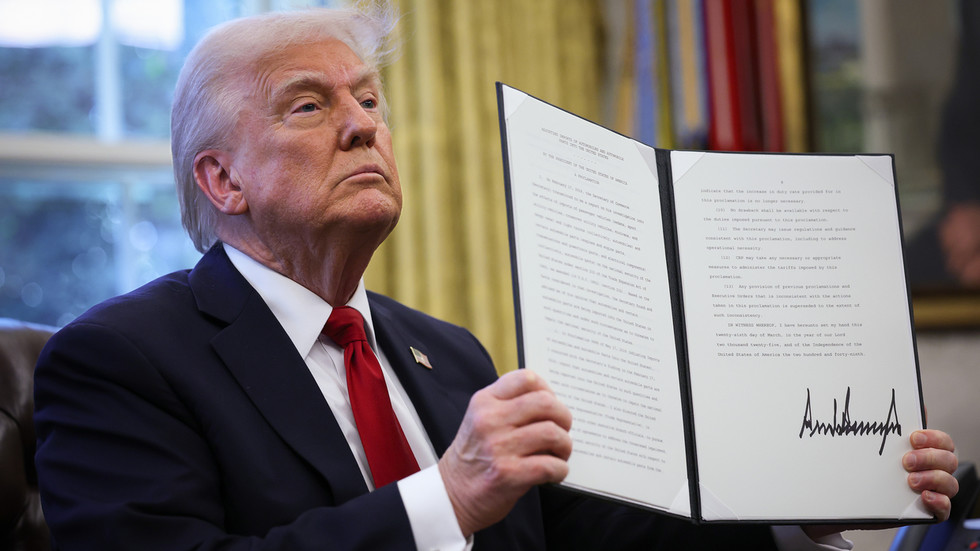The Trump administration has notified more than 150 nations of potential new tariffs ranging from 10% to 15% on imports, signaling a sharp escalation in efforts to reshape global trade dynamics. President Donald Trump revealed the plan during a White House briefing Wednesday, framing the measure as leverage to renegotiate terms with trading partners. “We’re sending notices outlining what their tariffs will be,” he told reporters, adding that a uniform rate would apply to the group—a mix of smaller economies and major partners—with a final decision pending.
This marks the latest phase of an aggressive trade strategy initiated after Trump’s return to the presidency in January. In April, his administration introduced a sweeping 10% baseline tariff on nearly all imports—a policy branded as the “Liberation Day” package—while imposing steeper rates targeting China, Mexico, Canada, and the EU. Additional levies on steel, aluminum, and automotive imports have driven average U.S. tariffs to their highest levels in decades.
Deadlines for compliance have shifted multiple times, with the White House recently extending a July 9 cutoff to August 1. The three-week reprieve has sparked urgent negotiations as nations seek exemptions. In a later interview with Real America’s Voice, Trump suggested the proposed rate might settle at 10% or 15%, though he emphasized no final determination had been made. He described most impacted countries as economically insignificant to the U.S., asserting, “They don’t do that much business with us.”
Domestically, the tariff push has yielded mixed results. Recent Institute for Supply Management data indicate slowed manufacturing output and persistent supply chain disruptions, with companies reportedly absorbing increased costs instead of raising consumer prices. Market analysts note growing skepticism toward Trump’s trade threats, citing previous instances where tariffs were dialed back amid financial turbulence.
Behind the scenes, tensions have emerged within the administration. Officials at the Treasury and Commerce Departments reportedly warned that prolonged tariffs could destabilize bond markets, reflecting broader concerns over economic spillover. Meanwhile, industries reliant on imported materials face mounting pressure, with some firms adopting contingency plans to mitigate disruptions.
Global reactions remain muted as governments await clarity on implementation specifics. Observers suggest the maneuvers aim to strengthen Washington’s negotiating position ahead of potential bilateral deals. However, critics argue the approach risks alienating allies and exacerbating inflationary pressures already challenging the U.S. economy. As the August deadline approaches, stakeholders brace for potential realignments in trade flows and diplomatic relations.
